Preserving food has been a crucial part of human survival for centuries. Long before we had the convenience of refrigerators and freezers, ancient civilizations had to get creative to keep their food from spoiling. They developed these 15 different types of food preservation that not only extended the shelf life of their food but also enhanced its flavors.
Many of these ancient preservation methods are still great today. Drying, salting, and fermenting were some of the go-to methods for keeping food around longer. Each method had its own way of guaranteeing food stayed fresh without any modern conveniences. It just goes to show that sometimes, the old ways are the best ways.
By looking back at these ancient practices, we can appreciate the resourcefulness of our ancestors and even apply some of their methods to our kitchens today. So, whether you’re a foodie interested in traditional flavors or someone who enjoys DIY projects, you can start by learning about these food preservation methods!
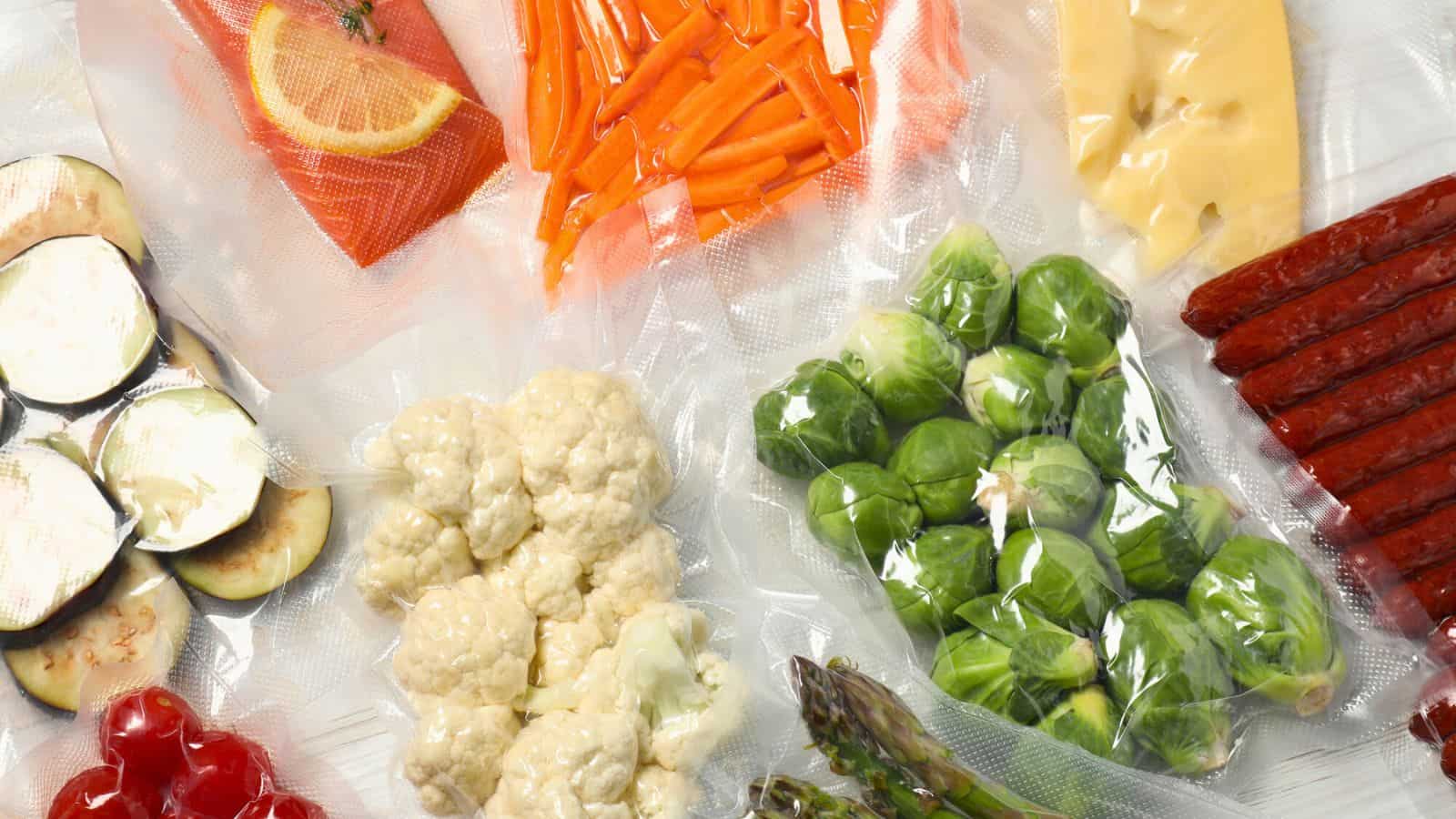
Pressure Canning

Pressure canning is a method of preserving low-acid foods like meats, poultry, vegetables, and seafood by using a pressure canner. This technique involves placing filled jars in a pressure canner, which is then heated to a high temperature (usually around 240°F or 116°C). The high temperature, achieved by the increased pressure, effectively kills bacteria, yeasts, molds, and other microorganisms that can cause spoilage. This method is essential for low-acid foods because they do not naturally inhibit bacterial growth. Proper pressure canning guarantees that the preserved food remains safe to eat and retains its nutritional value for an extended period.
Water Bath Canning

Water bath canning, also known as hot bath canning, is a method used to preserve high-acid foods like fruits, jams, jellies, pickles, and tomatoes. In this technique, jars filled with food are submerged in boiling water and heated for a specified time. The high temperature destroys molds, yeasts, and bacteria while also deactivating enzymes that could cause spoilage. This method is perfect for high-acid foods because the acidity, combined with the heat, guarantees a safe preservation environment. Water bath canning is a straightforward, effective method used for fruits, jams, jellies, pickles, tomatoes, fruit butters, and salsas.
Air Drying
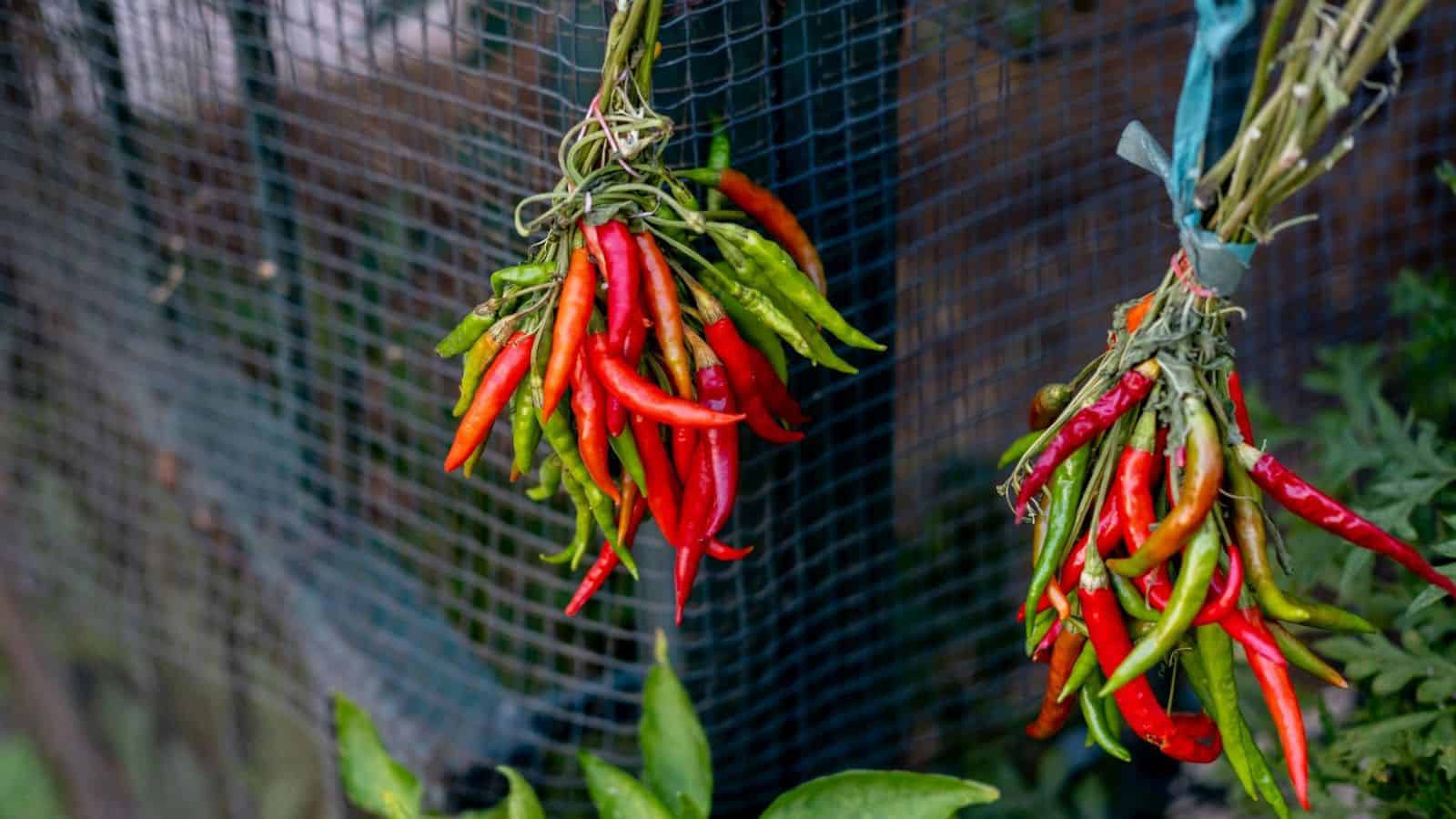
Air drying is one of the oldest methods of food preservation, ideal for herbs, chilies, and certain fruits and vegetables. This technique involves exposing food to air in a well-ventilated, shaded area until it loses its moisture content. Proper air circulation is crucial to prevent mold and bacterial growth. Foods are typically spread out on racks, screens, or hung in bunches. Air drying preserves the nutritional content and taste of food while significantly reducing its weight and volume, making storage more manageable. It is an energy-efficient preservation method, relying solely on natural airflow and ambient temperature.
Sun Drying

Sun drying is a traditional food preservation method that utilizes the heat from the sun to remove moisture from foods like tomatoes, fruits, and some vegetables. This technique is best suited for dry, sunny climates where consistent exposure to sunlight can effectively dehydrate the food. Food items are typically spread out on racks, trays, or clean surfaces and covered with a thin cloth to protect them from insects. Sun drying enhances the flavor of the food, concentrating its natural sugars and making it sweeter. It is a cost-effective and environmentally friendly method but requires careful monitoring to prevent spoilage.
Oven Drying

Oven drying is a modern food preservation technique that uses the controlled heat of an oven to remove moisture from foods such as fruits, vegetables, and meats. This method involves spreading food on baking sheets and placing them in an oven set at a low temperature, typically between 140°F to 200°F (60°C to 93°C). The oven's heat, combined with air circulation, gradually dries the food. Oven drying is faster and more reliable than air or sun drying, as it allows for better control over the drying process. This method is ideal for home preservation, particularly for fruits (such as apple slices and bananas), vegetables (such as bell peppers and tomatoes), and meats (jerky).
Dehydrating

Dehydrating is a food preservation technique that involves removing moisture from food using a dehydrator, a specialized appliance designed for this purpose. Dehydrators circulate warm air evenly around the food, gradually drying it out. This method is suitable for a wide range of foods, including fruits, vegetables, and meats (to make jerky). Dehydrating preserves the nutritional content and taste of the food while significantly extending its shelf life. The process is an efficient, consistent, and reliable way to create lightweight, shelf-stable food that is easy to store and transport, making it popular for snacks, camping, and emergency supplies.
Freezing

Freezing is a widely used food preservation method that involves storing food at temperatures below 32°F (0°C) to halt the growth of bacteria, yeasts, and molds. This technique is suitable for a variety of foods, including fruits, vegetables, meats, and prepared meals. Freezing preserves the nutritional content, taste, and texture of food for an extended period, often several months to a year, depending on the type of food. It is a convenient method, requiring minimal preparation and allowing for the storage of large quantities of food. Proper packaging is essential to prevent freezer burn and maintain the quality of the food.
Vacuum Sealing
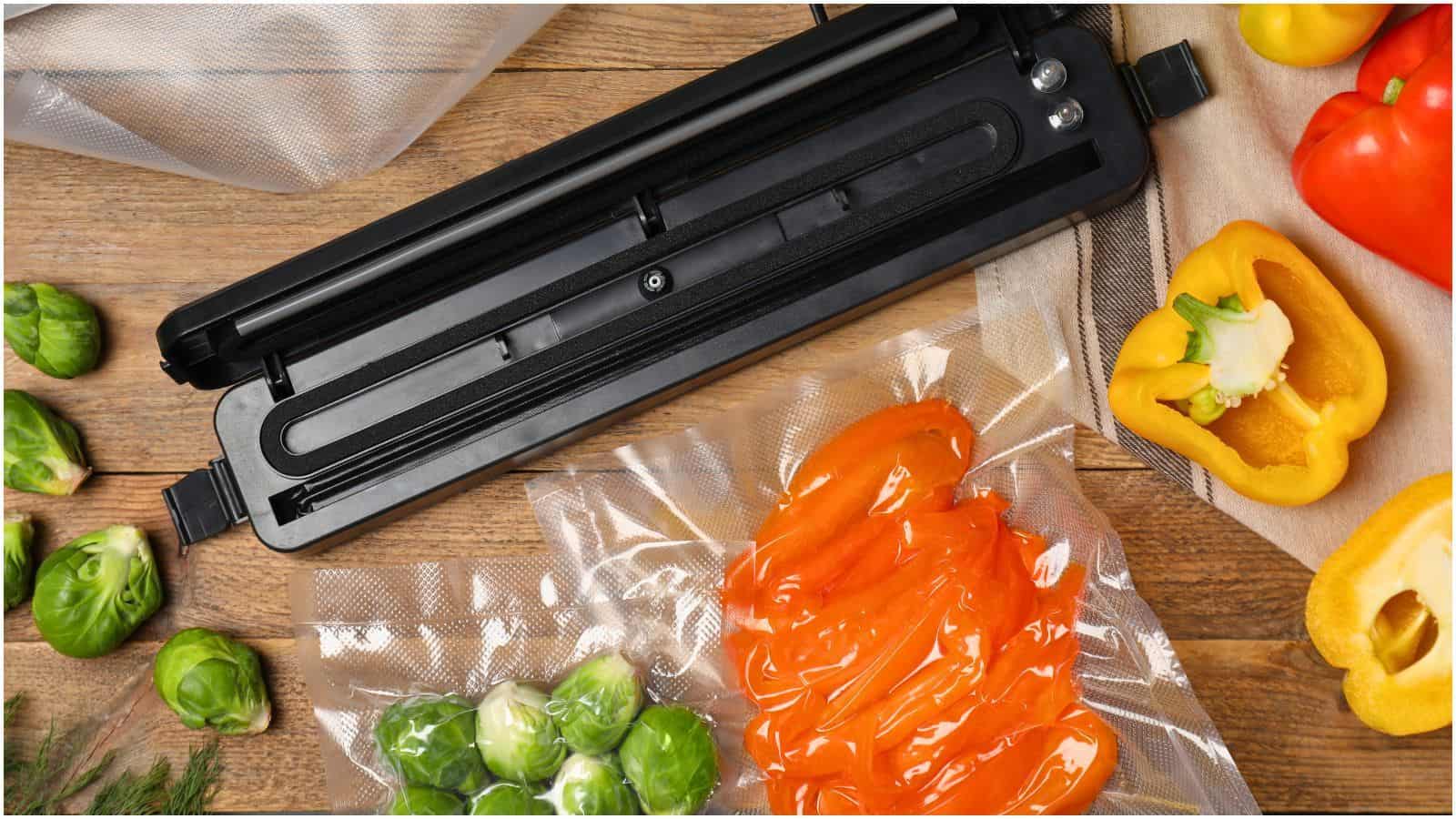
Vacuum sealing is a food preservation method that involves removing air from packaging before sealing it. This technique is effective for extending the shelf life of dry and frozen foods. By eliminating air, vacuum sealing reduces the oxidation process, which can cause spoilage and degrade the quality of the food. It also helps prevent freezer burn in frozen foods and keeps dry foods like nuts, grains, and dried fruits fresh for longer. Vacuum sealing is often used in combination with freezing, drying, or refrigeration to enhance the preservation process, making it a versatile and valuable method for long-term food storage.
Pickling
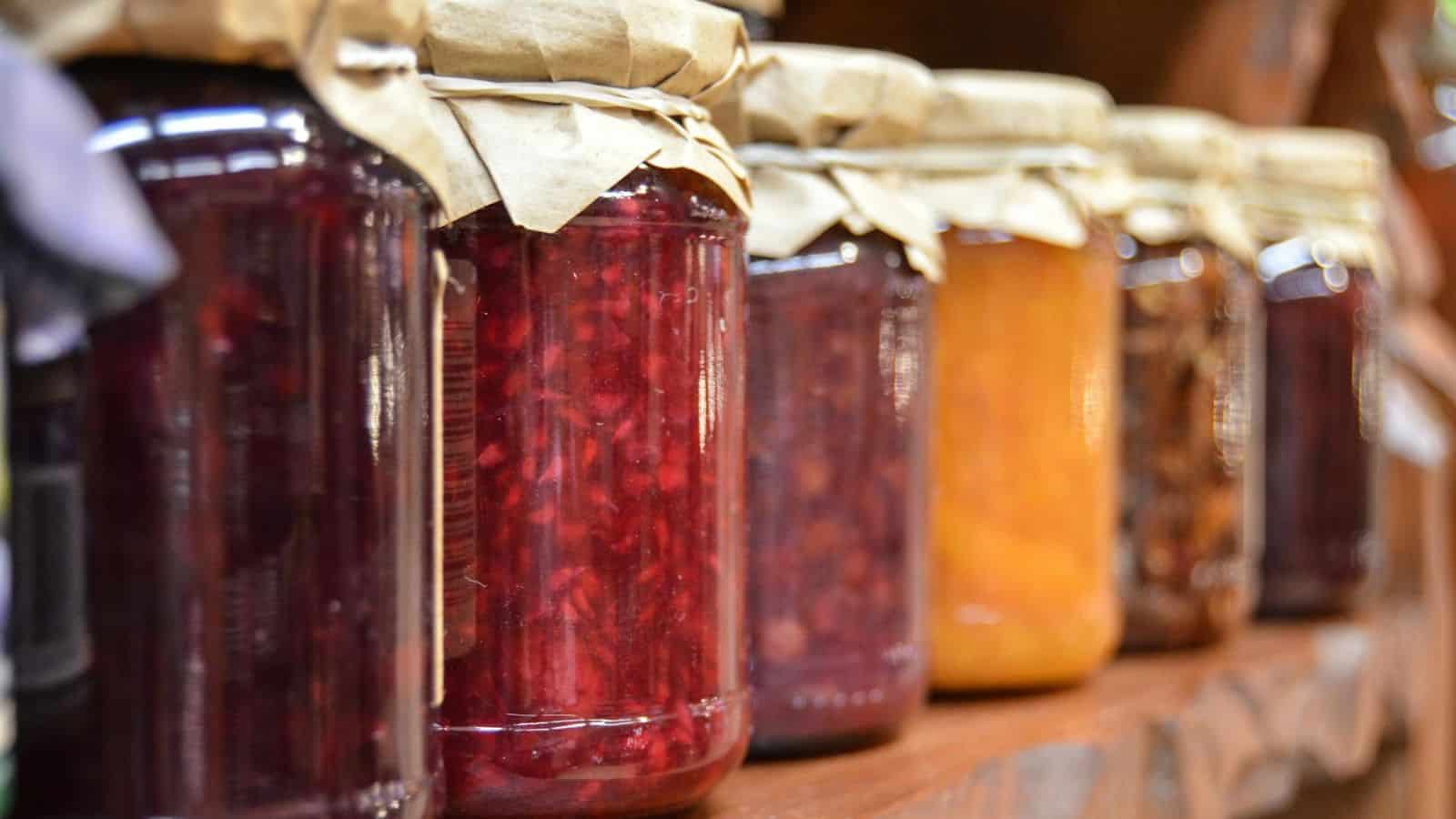
Pickling is a preservation method that involves immersing food in an acidic solution, usually vinegar or brine, to prevent spoilage. This technique is commonly used for vegetables, fruits, and some meats. The high acidity of the solution inhibits the growth of bacteria, yeasts, and molds, effectively preserving the food. Pickling not only extends the shelf life of food but also enhances its flavor, often adding a tangy or sour taste. There are two main types of pickling: vinegar pickling, where the food is soaked in vinegar, and fermentation pickling, where the food naturally ferments in a saltwater brine.
Salting (Curing)
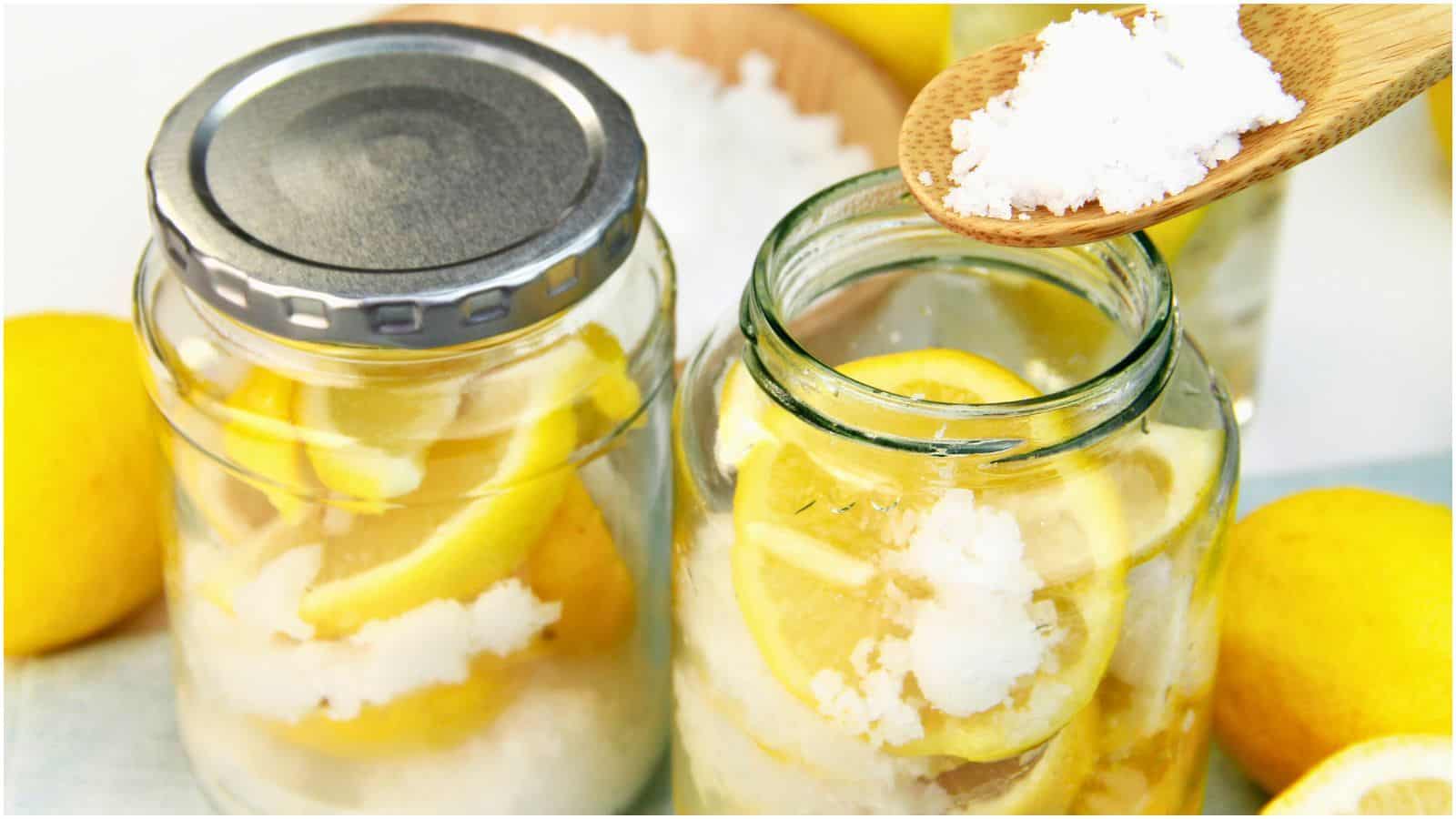
Salting, or curing, is a traditional method of preserving food by drawing out moisture through the application of salt. This technique is often used for meats, fish, and some vegetables. Salt inhibits the growth of bacteria, yeasts, and molds by creating an inhospitable environment for microbial activity. There are various salting methods, including dry curing, where salt is rubbed directly onto the food, and brining, where food is soaked in a saltwater solution. Salting not only preserves food but also enhances its flavor. This method is commonly used to produce items like cured meats (such as bacon, ham, and salami), fish (salmon and cod), and pickled vegetables.
Smoking
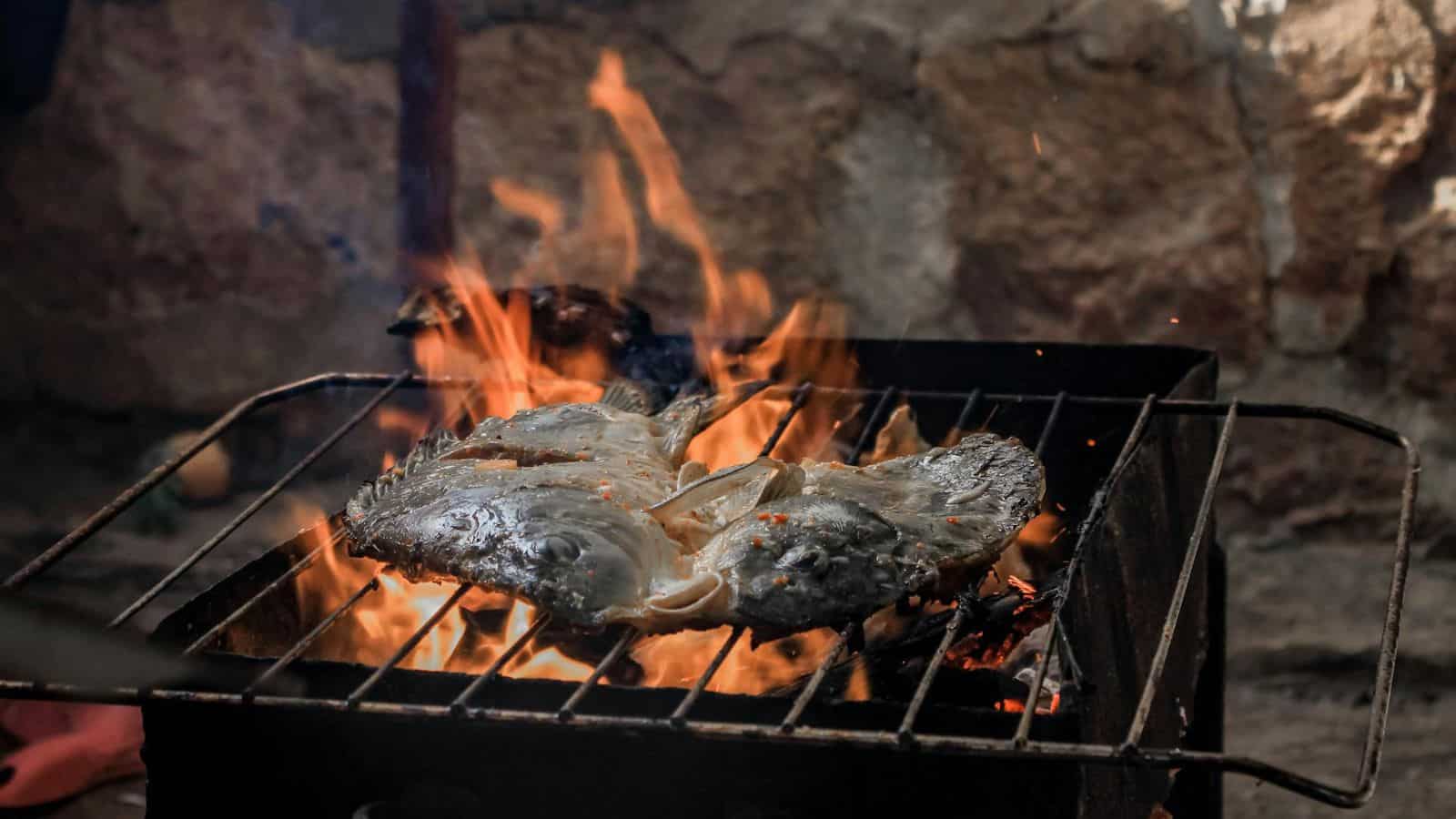
Smoking is a method of preserving food by exposing it to smoke from burning or smoldering wood. This technique is often combined with salting or curing and is used for meats, fish, and some cheeses. The smoke imparts a distinctive flavor to the food while the low heat helps to dehydrate it, reducing moisture content and inhibiting bacterial growth. There are two main types of smoking: cold smoking, which occurs at temperatures below 90°F (32°C), and hot smoking, which occurs at higher temperatures. Smoking not only preserves food but also enhances its flavor, texture, and appearance.
Sugar Preservation

Sugar preservation is a method that uses high concentrations of sugar to preserve fruits and some vegetables. This technique works by drawing out moisture from the food, creating an environment where bacteria and molds cannot thrive. Sugar preservation is commonly used in making jams, jellies, fruit preserves, and candied fruits. The process often involves cooking the fruit with sugar to create a thick, sweet product that can be stored for extended periods. Sugar preservation not only extends the shelf life of food but also enhances its flavor, making it a popular method for preserving seasonal fruits.
Pressing into Fruit Leather
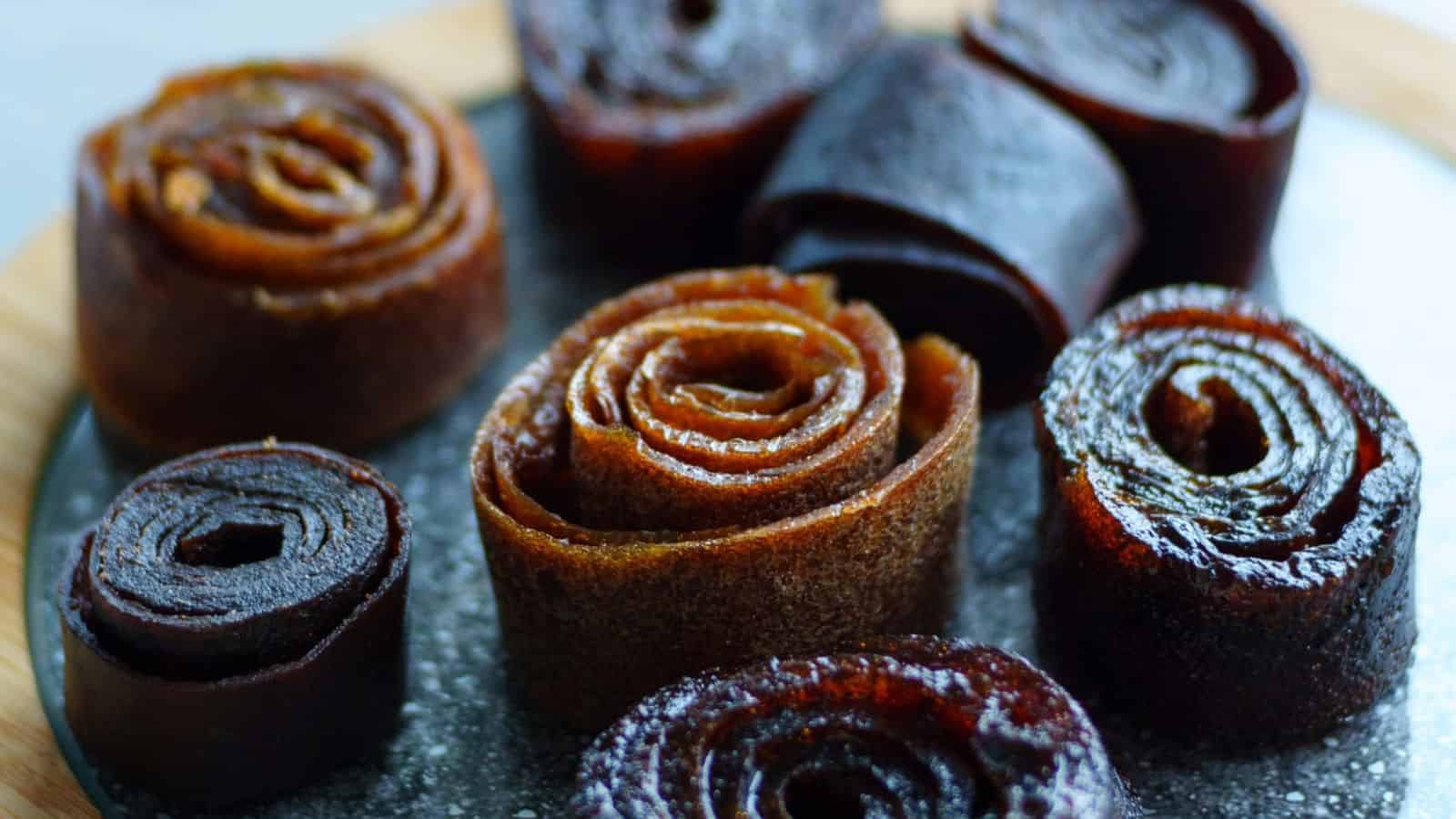
Pressing into fruit leather is a preservation technique that involves pureeing fruits and spreading them thinly on a sheet to dry, creating a chewy, sweet snack. The puree is typically spread on a non-stick surface or parchment paper and dried at a low temperature, either in an oven or a dehydrator, until it reaches a leathery consistency. This method concentrates the fruit's natural sugars and flavors, creating a nutritious and portable snack that can be stored for an extended period. Fruit leather is a popular way to preserve surplus fruit and create a healthy, shelf-stable treat.
Purees
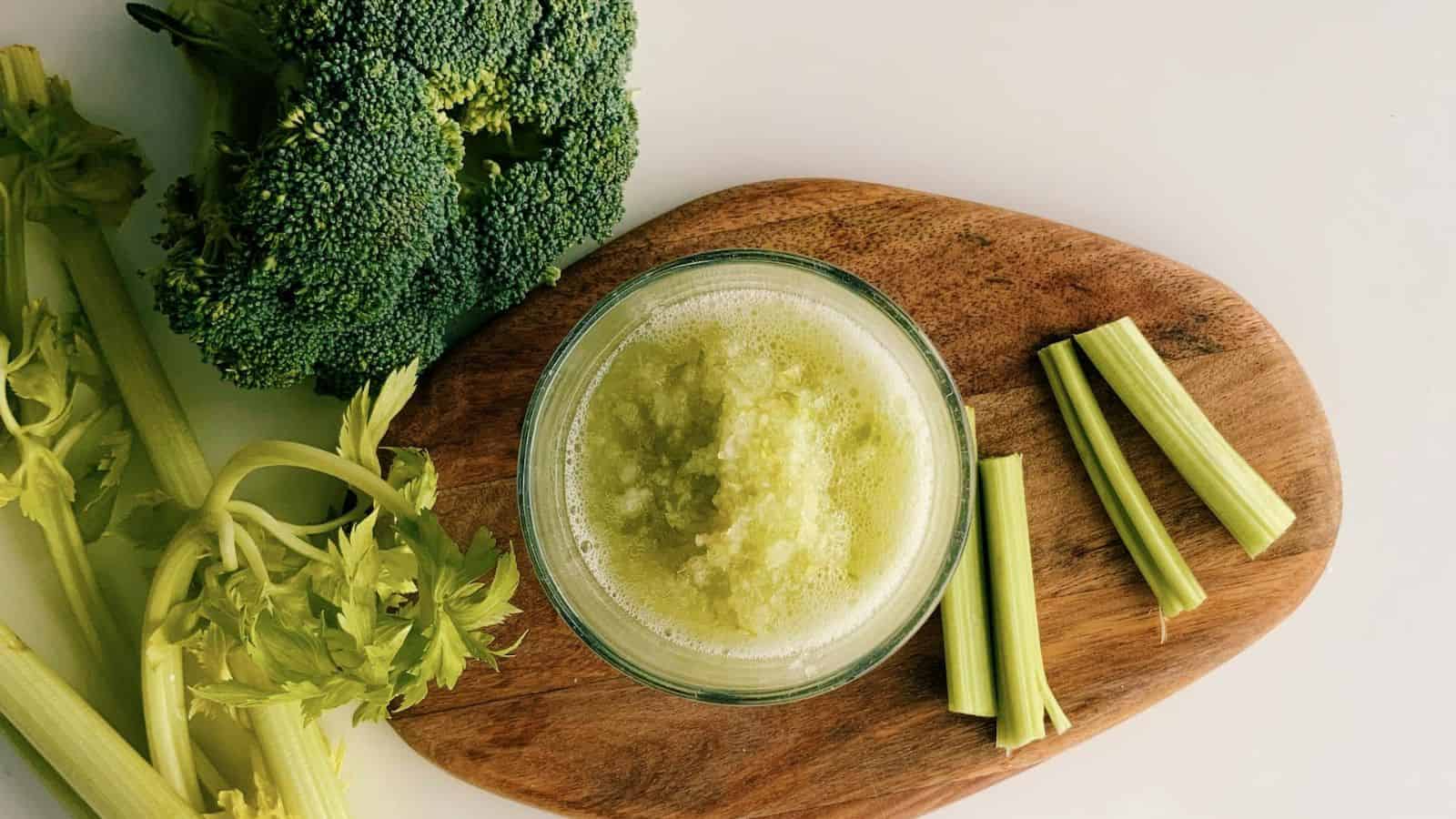
Pureeing is a preservation method that involves blending fruits or vegetables into a smooth consistency. Purees can be used in various recipes, frozen for long-term storage, or canned for shelf stability. This technique is particularly useful for preserving fruits and vegetables that are at their peak ripeness. Purees can be sweetened and used in desserts, baby foods, sauces, soups, and beverages. The process of pureeing helps to retain the nutritional content and flavor of the food, making it a versatile method for incorporating preserved fruits and vegetables into various dishes.
Refrigeration

Refrigeration is a widely used method of food preservation. It involves storing food at temperatures between 32°F and 40°F (0°C to 4°C) to slow down bacterial growth and enzymatic activity. This technique is suitable for a wide range of foods, including fresh produce, dairy products, meats, and prepared meals. Refrigeration helps to maintain the freshness, texture, and nutritional value of food for an extended period, typically several days to a few weeks, depending on the type of food. It is a convenient and effective way to keep perishable items safe to eat and reduce food waste in households and commercial settings.
Save it For Later, The Ancient Way!

Reflecting on these ancient food preservation techniques reminds us of the resourcefulness and ingenuity of our ancestors. They found great ways to keep their food fresh and safe, long before modern conveniences. Their methods, from drying and salting to fermenting, have stood the test of time and remain useful and relevant even today.
These techniques didn’t just help them survive; they added rich flavors and distinct textures that continue to be enjoyed in various cuisines around the world. Understanding and appreciating these traditional methods can enhance our own cooking and food preservation practices.
By incorporating these ancient techniques, we can reduce waste, enjoy new flavors, and connect with the past. So, the next time you find yourself with an abundance of fresh produce or want to try something new, consider these ancient techniques. Enjoy the rich, flavorful results of these ancient preservation methods!


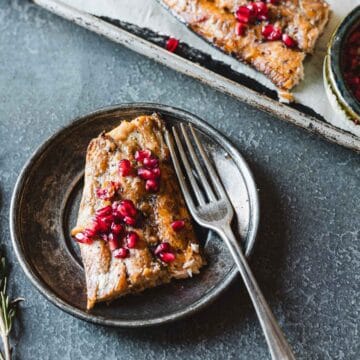


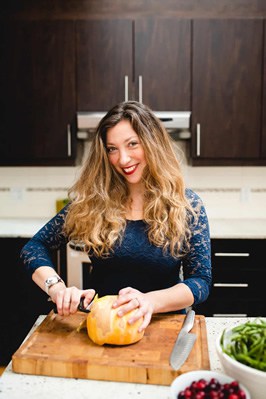
Tell Me What You Think!